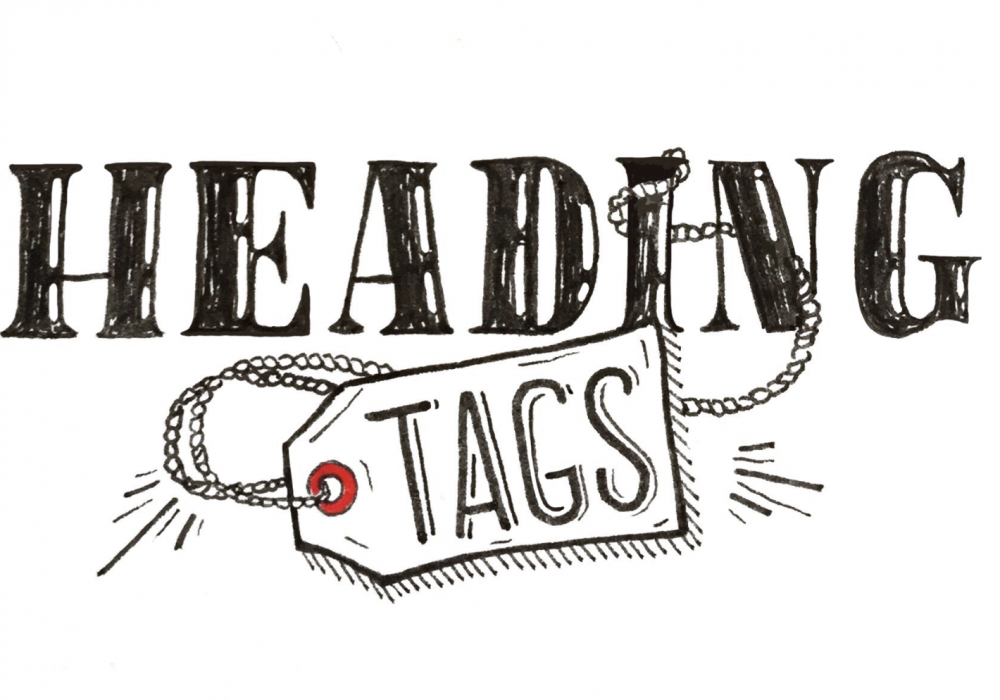Everyone who has a website wants it to rank high in search engines like Google and Yahoo.
A higher rank means more visitors, and more visitors mean more sales or more advertising revenue.
Let’s talk about two things that most of us forget to utilize. Title Tags and Meta Descriptions.
Title tags and meta descriptions are important elements of your website’s content. The title tag and the meta description tags should include keywords relevant to the content of the web page they describe. This helps Search Engines understand what the page is about and index your website accordingly for relevant keywords or keyword phrases.
The title tag defines the title of the document. The title element is required in all HTML/XHTML documents and is one of the key on-page SEO elements. It is a “meta” element, meaning that it gives information about the HTML/XHTML file, but does not appear on the page to users. However, this doesn’t mean it’s not seen by users; the title tag appears on the results pages just above the URL and also appears at the top of a browser. Title tags are considered to be one of the best ‘return on investment’ SEO techniques because with the relatively low effort you can make a huge impact on the SERP.
Titles give users a quick insight into the content of the web page and how it might be relevant to their query. It is often the primary piece of information with the meta description that is used by potential visitors to decide which search result to click on, so it’s important to use high-quality and meaningful titles when you optimize your web pages.
Meta tags, on the other hand, are also an important part of the HTML code on a web page and critical to the SEO Plan. They provide information that describes the content of a web page and allows search engines to decide which results are relevant to show based on a given search query. In this article we will focus on title and meta description tags, two of the most important tags to consider when increasing your ranking placement.
Accurate meta descriptions can also help improve your click-through rates along with relevant title tags. The meta description tag should ideally target a unique keyword for each web page. It can include important facts relevant to potential visitors.
When tackling title tags and meta descriptions, the end user is always the most important factor – not the search engine. Including keywords in your titles and descriptions is important, but SEOs can take their titles and descriptions to the next level by considering these tags in the context of urging a user to click.
These two things seem crucial at first, but the goal is to catch the eye of the user and improve interaction rates. Studies have shown that tweaking meta titles and descriptions to include these features not only improves click-through rates, but also search engine ranking position – Google takes notice and rewards sites that get higher engagement!
